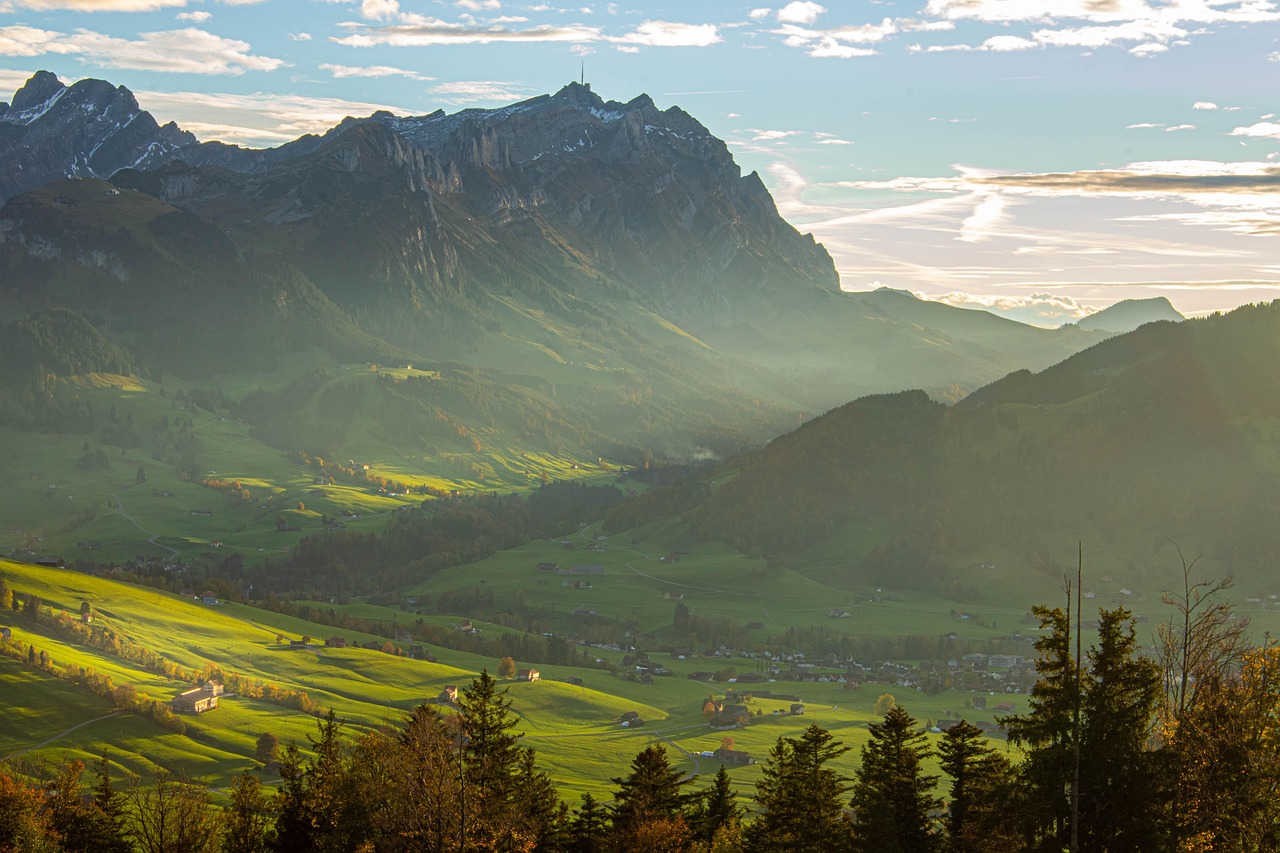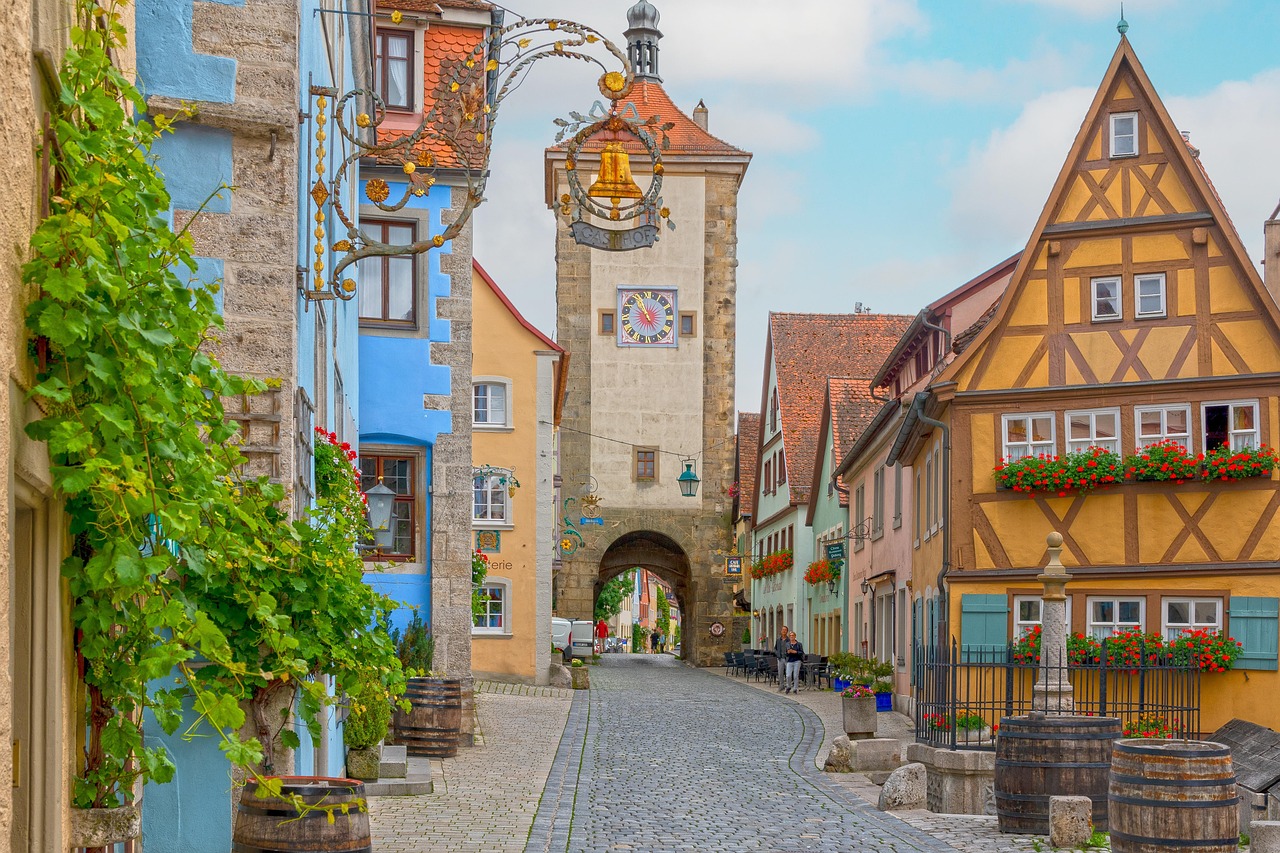The Enchanting Appeal of Silver Korean Firs Explained
The Silver Korean Fir, known scientifically as Abies koreana, captivates with its stunning silvery-blue needles and elegant conical shape. This tree not only enhances landscapes but also serves as a symbol of resilience and beauty in various climates.
Native to the mountainous regions of Korea, the Silver Korean Fir has gained popularity around the world for its striking appearance and adaptability. Its unique characteristics make it a preferred choice for gardening enthusiasts and landscape designers alike. With its ability to thrive in diverse environments, this fir offers both aesthetic appeal and practical benefits.

The Silver Korean Fir typically grows between 20 to 30 feet in height, making it a perfect specimen for small to medium-sized gardens. Its compact growth habit allows it to fit seamlessly into various landscape designs, whether as a standalone feature or part of a mixed planting scheme. Beyond its visual appeal, this fir is also celebrated for its hardiness, often enduring harsh weather conditions.
One of the most intriguing aspects of the Silver Korean Fir is its foliage. The needles are not only distinctive in color but also have a pleasant scent when crushed. This aromatic quality adds an extra layer of charm, especially when the fir is used for holiday decorations. Furthermore, the tree produces attractive cones that add to its ornamental value, showcasing a rich purple hue that complements its silver foliage.
| Characteristic | Description |
|---|---|
| Height | 20 to 30 feet |
| Needle Color | Silver-blue |
| Cone Color | Purple |
| Soil Preference | Well-drained, acidic soil |
| Sunlight Requirement | Partial shade to full sun |
Planting a Silver Korean Fir can enhance biodiversity in your garden. It provides shelter and food for various wildlife species, including birds and insects. Choosing native plants alongside this fir can create a harmonious ecosystem that supports local fauna.
Moreover, maintaining a Silver Korean Fir is relatively straightforward. Regular pruning can help maintain its shape and promote healthy growth. It is important to ensure adequate water supply during dry spells, especially when the tree is young. Additionally, mulch can help retain moisture and suppress weeds around the base of the fir.
In landscaping, the Silver Korean Fir can serve multiple purposes. It works well as a focal point or as part of a hedge or windbreak. Its striking appearance can elevate the aesthetic of any garden or park setting, making it a valuable addition to both residential and commercial landscapes.
Ultimately, the enchanting appeal of the Silver Korean Fir lies not only in its beauty but also in its versatility and ecological benefits. Whether you are an avid gardener or simply someone who appreciates nature’s beauty, this tree offers something special for everyone.
Historical Significance of Silver Korean Firs
The Silver Korean Fir is not only admired for its beauty but also holds a rich history that intertwines with the culture and traditions of Korea. This tree has been a part of Korean landscapes for centuries, often found in the country’s mountainous regions, where it thrives in its native habitat.
Historically, the Silver Korean Fir has been used in various aspects of Korean life. Its wood is valued for its strength and durability, making it suitable for construction and crafts. Moreover, the tree’s presence in local folklore often symbolizes longevity and resilience, reflecting the characteristics of the Korean people.
Cultural Importance
The cultural significance of the Silver Korean Fir extends beyond its physical attributes. In traditional Korean culture, it is often associated with mountain spirits and considered a guardian of nature. This connection has led to its inclusion in various art forms, including paintings and poetry, where it symbolizes peace and stability.
- Folklore: Stories often depict the fir as a protector of villages, standing tall against storms and natural disasters.
- Art: Artists have historically drawn inspiration from the tree’s unique form, capturing its essence in their works.
- Festivals: In some regions, festivals celebrate the beauty of nature, prominently featuring the Silver Korean Fir in decorations and displays.
Ecological Role of Silver Korean Firs

The ecological contributions of Silver Korean Firs play a vital role in their native habitats. They provide essential support to local ecosystems by serving as a habitat for various wildlife species. The dense foliage offers shelter while the cones provide food for birds and small mammals.
Furthermore, these trees help in maintaining soil health and preventing erosion. Their root systems stabilize the soil, especially on slopes, reducing the risk of landslides in mountainous areas. Additionally, they contribute to carbon sequestration, making them an important ally in combating climate change.
Biodiversity Support
Silver Korean Firs are integral to promoting biodiversity in their surroundings. By creating a microhabitat, they foster various plant and animal species. The shade provided by these trees allows undergrowth to thrive, supporting a variety of flora.
- Bird Habitats: Many bird species use the firs for nesting and roosting.
- Pollinator Support: The trees attract insects which play crucial roles in pollination.
- Plant Diversity: The environment around these firs supports a range of understory plants, enhancing overall biodiversity.
Varieties of Silver Korean Firs

While the Silver Korean Fir is renowned for its singular beauty, several varieties exist that showcase different characteristics. Each variety possesses unique traits that appeal to different gardening preferences.
Notable Varieties
- Abies koreana ‘Silberlok’: This variety is characterized by its striking silvery-blue needles that are particularly vibrant. It maintains a compact shape, making it ideal for smaller gardens.
- Abies koreana ‘Zebrina’: Known for its distinctive yellow-striped needles, this variety adds a unique touch to any landscape. Its irregular growth pattern creates visual interest.
- Abies koreana ‘Aurea’: With golden-yellow foliage in spring, this variety brightens up gardens. It transitions to green as summer approaches but retains its golden hue during winter months.
The diversity among these varieties means that gardeners can select a type that best fits their aesthetic preferences and landscaping needs. Each variety also offers specific adaptations to different climatic conditions, allowing for broader cultivation opportunities.
Understanding the different varieties helps in making informed choices when planning a garden or landscape project. These options allow for creativity while maintaining the enchanting appeal that Silver Korean Firs bring to any setting.

Growing and Caring for Silver Korean Firs
Successfully cultivating Silver Korean Firs requires an understanding of their specific needs and preferences. These trees are relatively low-maintenance but thrive best when provided with the right environmental conditions. Knowing how to care for them can enhance their beauty and longevity in your garden.
Ideal Growing Conditions
Silver Korean Firs prefer certain conditions that mimic their native mountainous habitat. They thrive in cool, moist climates and require well-drained, acidic soil to flourish. Understanding these requirements is essential for successful growth.
- Soil Type: Use well-draining soil rich in organic matter. Sandy loam or acidic potting mixes are ideal.
- Sunlight: Silver Korean Firs prefer partial shade to full sun. However, they benefit from some protection during the hottest afternoon sun.
- Watering: Regular watering is crucial, especially during dry spells. Ensure the soil remains moist but not soggy.
Planting Tips
When planting Silver Korean Firs, proper technique is vital for establishing a healthy tree. Follow these steps to ensure successful planting:
- Selecting the Right Location: Choose a spot with sufficient space to accommodate the tree’s mature height and spread.
- Preparing the Soil: Amend the soil with organic matter before planting. This improves drainage and nutrient availability.
- Digging the Hole: Create a hole that is twice as wide as the root ball but no deeper than the root ball itself.
- Planting: Place the tree in the hole and backfill gently, ensuring that the root flare is level with the soil surface.
- Watering After Planting: Water thoroughly to eliminate air pockets and encourage root establishment.
Pest and Disease Management
While Silver Korean Firs are generally resilient, they can be susceptible to certain pests and diseases. Regular monitoring can help manage these issues effectively.
Common Pests
- Aphids: These small insects can cause leaf curling and discoloration. Regular inspections can help catch infestations early.
- Spider Mites: Look for fine webbing on the needles, especially during hot, dry weather. Keeping foliage moist can deter these pests.
- Bark Beetles: These beetles can damage the tree’s bark. Signs include holes in the bark and sap oozing from the trunk.
Disease Prevention
Diseases such as root rot and needle blight can affect Silver Korean Firs. Implementing preventive measures can protect against these issues:
- Good Drainage: Ensure proper drainage around the tree to prevent standing water, which can lead to root rot.
- Pest Control: Manage pests promptly to reduce stress on the tree and lower disease risk.
- Proper Pruning: Remove dead or diseased branches to improve air circulation and reduce humidity around foliage.
Seasonal Care and Maintenance
Caring for Silver Korean Firs involves seasonal tasks that help maintain their health throughout the year. Each season brings different needs for these trees.
Spring Care
In spring, focus on promoting healthy growth:
- Fertilizing: Apply a balanced, slow-release fertilizer to support new growth.
- Pruning: Remove any dead or damaged branches to encourage fresh growth.
Summer Care
During the summer months, ensure adequate moisture and monitor for pests:
- Irrigation: Water regularly, especially during dry periods, to keep the soil consistently moist.
- Pest Monitoring: Check for signs of pests and take action if necessary.
Fall Care
The fall season is about preparing the tree for winter:
- Mulching: Apply a layer of mulch around the base of the tree to retain moisture and protect roots from frost.
- Final Pruning: Conduct any necessary pruning before winter to maintain shape and health.
winter Care
In winter, protect the tree from harsh conditions:
- Avoid Heavy Snow Accumulation: Gently remove heavy snow from branches to prevent breakage.
- Irrigation Check: Water if there are dry spells, as trees can still need moisture during winter.
Caring for Silver Korean Firs throughout the seasons ensures they remain healthy and vibrant, continuing to enchant those who admire their beauty in any landscape.
Exploring the Aesthetic Value of Silver Korean Firs
The Silver Korean Fir is not only valued for its ecological benefits and hardiness but also for its aesthetic appeal. Its vibrant colors and unique structure make it a sought-after specimen in landscape design. The tree’s silvery-blue needles create a striking contrast against other plants, enhancing the visual dynamics of gardens and parks.
In addition to its color, the conical shape of the Silver Korean Fir adds a sense of elegance to any landscape. This form is particularly appealing during winter months when many other trees are bare. The presence of the fir can bring life to a winter scene, making it a focal point that draws attention even in the coldest season.
Designing with Silver Korean Firs
Incorporating Silver Korean Firs into landscape designs offers numerous opportunities for creativity. Here are some design ideas to consider:
- Focal Points: Use the fir as a central feature in a garden, surrounded by lower-growing plants to highlight its height and beauty.
- Mixed Borders: Combine with other evergreen and deciduous plants for year-round interest. The fir’s unique color can complement various plant textures and colors.
- Group Planting: Plant several Silver Korean Firs in clusters for a dramatic effect, creating a natural screen or windbreak.
Seasonal Displays
The seasonal changes of the Silver Korean Fir also contribute to its appeal. In spring, the new growth showcases bright, fresh foliage. Summer brings lush greenery, while fall presents a subtle shift in color. Even in winter, the tree retains its charm, often adorned with snow.
Using these seasonal attributes can enhance landscape aesthetics throughout the year. For example, pairing the fir with flowering plants that bloom in spring can create stunning visual contrasts and prolong the display of color in gardens.
Community and Commercial Use
The popularity of Silver Korean Firs extends beyond private gardens. Many public spaces, parks, and commercial landscapes incorporate these trees to enhance their appeal. Their ability to thrive in urban environments makes them suitable for city parks and streetscapes, where they contribute to urban greening efforts.
Additionally, these firs can be used in holiday decorations, particularly during Christmas. Their beautiful shape and fragrant needles make them popular choices for holiday trees, bringing joy to many during festive seasons.
Final Thoughts
The enchanting appeal of Silver Korean Firs lies in their unique combination of beauty, versatility, and ecological benefits. Whether used as a focal point in a garden or as part of a larger landscape design, these trees offer immense value. Their ability to adapt to various environments makes them suitable for different climates and soil types.
Caring for Silver Korean Firs is relatively simple, allowing both novice and experienced gardeners to appreciate their many advantages. By understanding their growing conditions and seasonal needs, one can ensure that these trees remain healthy and vibrant throughout their lives.
In conclusion, the Silver Korean Fir is more than just a visually stunning tree; it is a symbol of resilience and beauty that brings life to any landscape. Its historical significance, ecological contributions, and aesthetic value make it a remarkable addition to gardens and public spaces alike. Embracing this tree not only enhances personal landscapes but also supports biodiversity and contributes positively to the environment.
